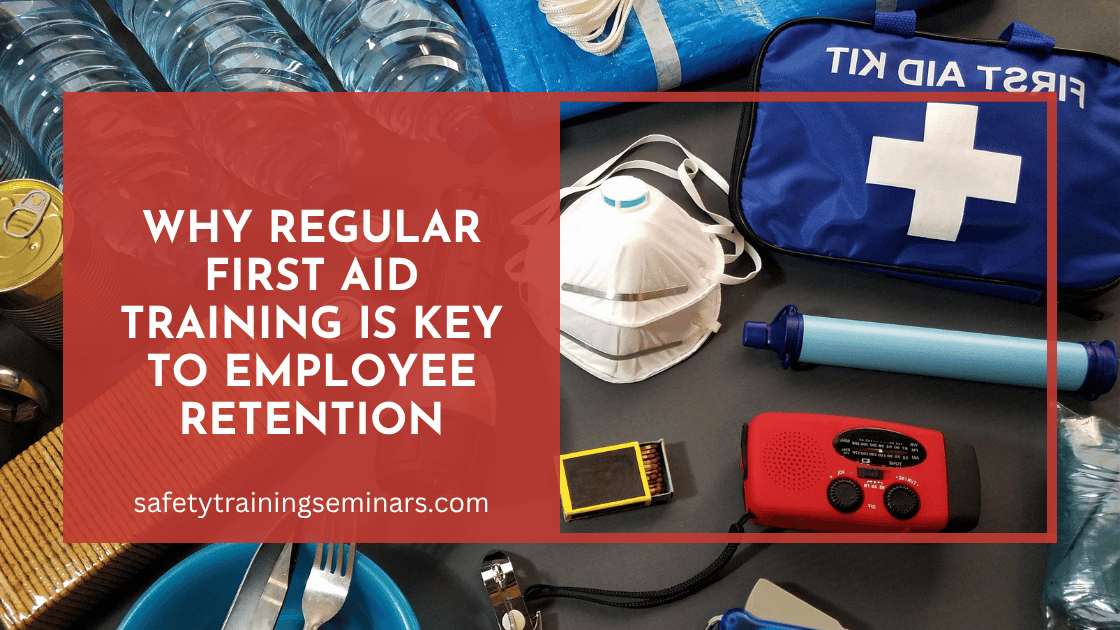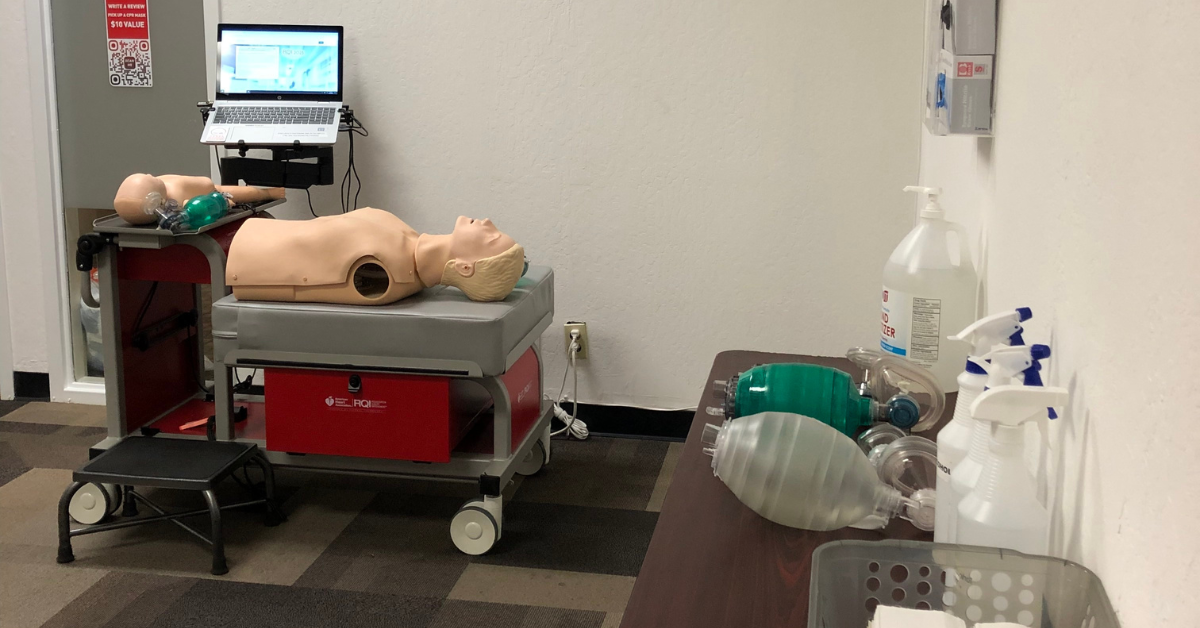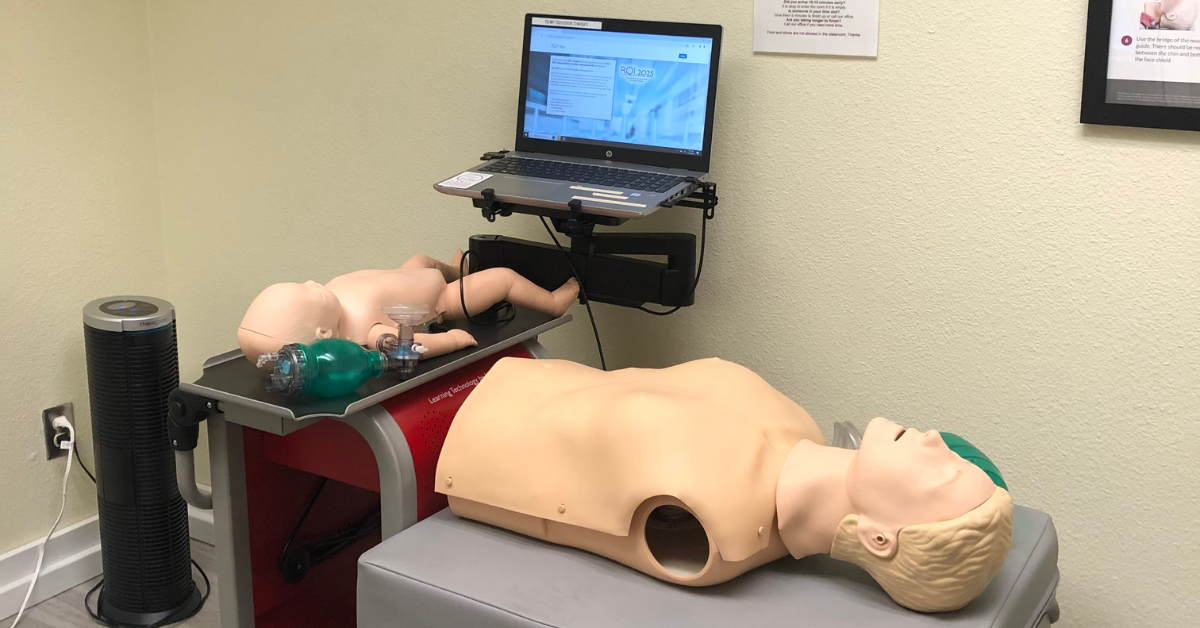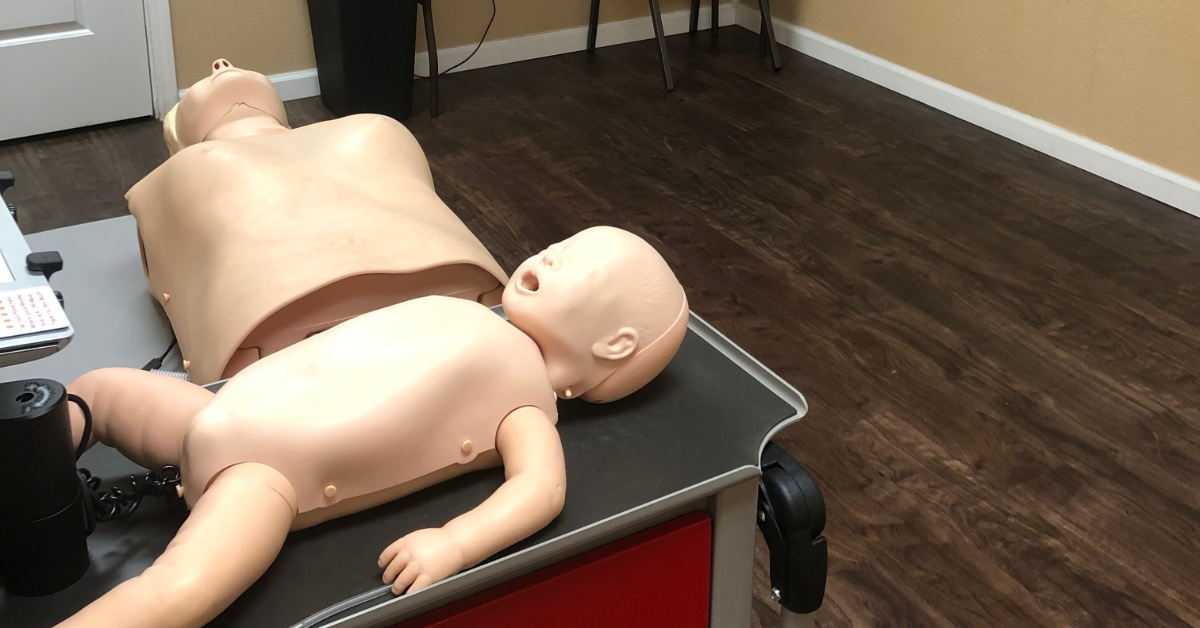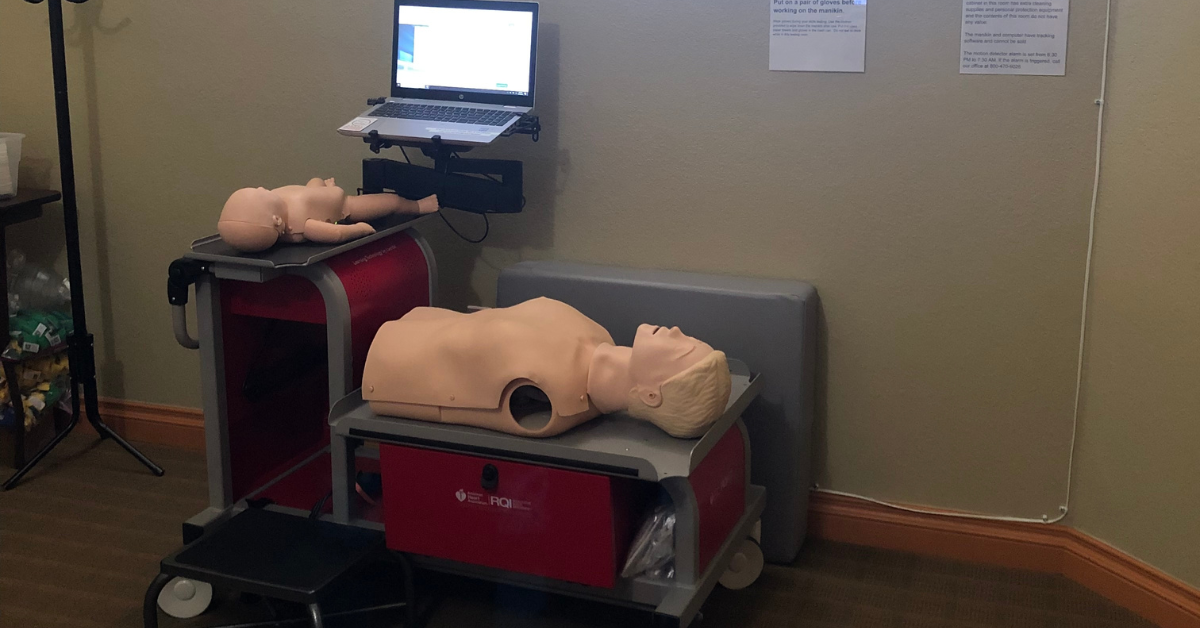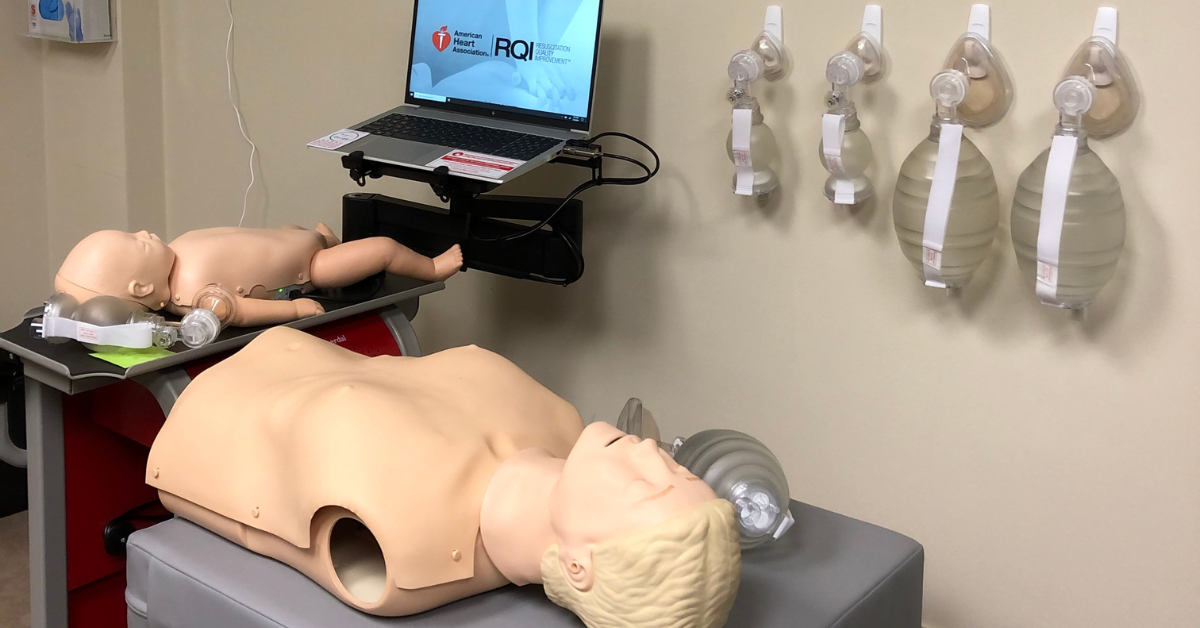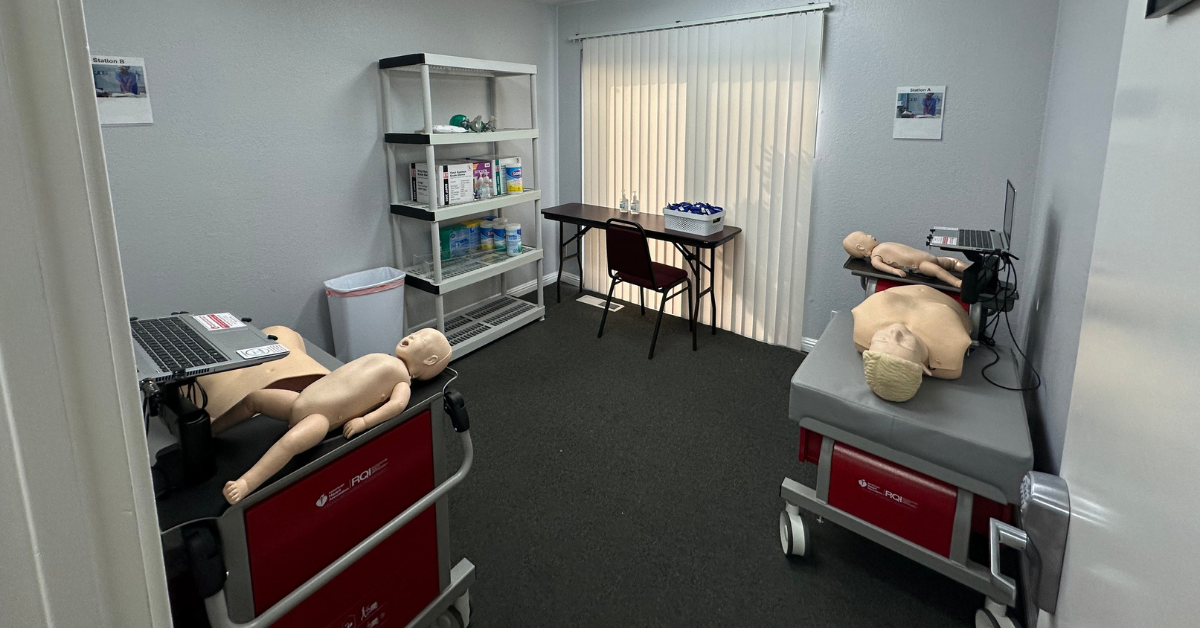Employee retention is a make-or-break factor for business success. Companies spend thousands of dollars recruiting new talent, only to watch them leave within months. But what if the solution isn’t just about salary bumps or fancy perks?
Regular first aid training creates a workplace culture that employees actually want to stay in. When staff feel prepared to handle emergencies, they develop stronger confidence, deeper connections with colleagues, and greater loyalty to their employer. This investment in safety training pays dividends in reduced turnover, higher morale, and improved workplace satisfaction.
Let’s explore how first aid training becomes your secret weapon for keeping your best people.
The Hidden Connection Between Safety Training and Employee Loyalty
Most business leaders miss this connection completely. They focus on traditional retention strategies like flexible work arrangements or career development programs. These matter, but they overlook something fundamental: employees want to feel safe and valued at work.
First aid training sends a clear message. It tells your team that you care about their wellbeing beyond just their productivity. This investment in their personal safety creates psychological safety—the foundation of employee engagement and retention.
When employees feel genuinely cared for, they reciprocate with loyalty. They become less likely to jump ship for a small salary increase elsewhere. Instead, they stay because they feel part of something bigger than just a paycheck.
How First Aid Training Builds Stronger Team Bonds
Shared experiences create lasting connections. First aid training puts employees in scenarios where they must work together, communicate clearly, and trust each other. These aren’t typical workplace interactions—they’re deeper, more meaningful connections.
During CPR practice sessions, team members learn to rely on each other. They practice giving and receiving feedback in high-stress situations. This builds trust that extends far beyond the training room.
These shared experiences create workplace relationships that employees don’t want to leave behind. They’ve invested emotionally in their colleagues’ safety and wellbeing.
How Safety Skills Boost Job Satisfaction
Knowledge is power, especially when it comes to emergency response. Employees trained in first aid carry themselves differently. They feel more confident, capable, and prepared for unexpected situations.
This confidence spills over into other areas of their work. Staff who know they can handle a medical emergency often show increased problem-solving abilities in their daily tasks. They approach challenges with a “can-do” attitude that benefits the entire organization.
First aid training also reduces workplace anxiety. Many employees worry about what they’d do in an emergency. Would they freeze? Make the wrong decision? Proper training eliminates these fears and creates a more relaxed, focused workforce.
Creating a Culture of Care Through Regular Training
One-time training sessions don’t create lasting change. Regular first aid training embeds safety into your company culture. It shows ongoing commitment to employee wellbeing rather than just checking a compliance box.
Monthly refresher sessions keep skills sharp and safety top-of-mind. They also provide opportunities for team building and stress relief. Many employees find first aid training surprisingly enjoyable—it’s hands-on, interactive, and different from their usual work routine.
Regular training also adapts to changing workplace needs. New employees get integrated quickly. Existing staff stay current with updated techniques and protocols. This consistency reinforces the message that employee safety is a priority, not an afterthought.
The ROI of First Aid Training on Employee Retention
Smart business leaders measure return on investment carefully. First aid training delivers measurable results when it comes to retention:
Reduced turnover costs
Replacing an employee costs 50-200% of their annual salary. If first aid training prevents just one departure per year, it pays for itself many times over.
Lower insurance premiums
Many insurers offer discounts for workplaces with trained first responders. These savings often cover training costs entirely.
Improved workplace culture scores
Employee surveys consistently show higher satisfaction ratings in companies with regular safety training. Happy employees stay longer.
Enhanced recruitment advantage
Job seekers increasingly value employers who invest in employee wellbeing. First aid training becomes a competitive advantage in talent acquisition.
Making First Aid Training Work for Your Team
Not all first aid training programs are created equal. Choose providers who understand the connection between safety education and employee engagement.
Look for training that includes:
- Hands-on practice with realistic scenarios
- Team-based learning exercises
- Regular skill updates and refreshers
- Certification from recognized organizations like the American Heart Association
The best programs combine technical skill development with team building. They create positive shared experiences while teaching life-saving techniques.
Consider scheduling training during work hours rather than asking employees to attend on their own time. This investment shows you value their time and prioritize their safety education.
When Training Saves More Than Lives
First aid training prepares employees for medical emergencies, but its impact extends much further. Companies with regular safety training report:
- Stronger interdepartmental relationships
- Improved communication during stressful situations
- Higher employee engagement scores
- Reduced absenteeism and sick days
- Better overall workplace morale
These benefits compound over time. Employees who feel valued and prepared are more likely to recommend your company to others. They become brand ambassadors who help attract top talent.
Expanding Your Safety Training Program Beyond Basic First Aid
Start with basic first aid and CPR training, but don’t stop there. Consider adding:
- AED (Automated External Defibrillator) training
- Workplace-specific emergency response protocols
- Mental health first aid programs
- Disaster preparedness training
Each additional training component reinforces your commitment to employee safety and wellbeing. It also provides more opportunities for team building and skill development.
At Safety Training Seminars, we offer a wide range of safety training courses to help organizations build effective safety programs. Our experienced instructors can customize training to fit your workplace needs, with options for onsite or offsite sessions. Plus, enjoy discounts for group classes!
Building Your Safety Training Strategy
Ready to use first aid training as a retention tool? Start with these steps:
- Assess your current safety preparedness: Survey employees about their comfort level with emergency response. Identify knowledge gaps and training needs.
- Choose quality training providers: Research certified instructors who offer engaging, hands-on programs. Look for organizations with strong track records and positive reviews.
- Schedule regular training sessions: Plan quarterly or semi-annual training to keep skills current. Make attendance easy by offering multiple session times.
- Measure the impact: Track retention rates, employee satisfaction scores, and workplace culture metrics before and after implementing regular training.
- Celebrate success: Recognize employees who complete training and use their skills. Share success stories to reinforce the value of safety education.
Your Next Steps to Better Retention
Employee retention doesn’t happen by accident. It requires intentional investment in what employees value most: feeling safe, valued, and prepared.
First aid training checks all these boxes while building stronger teams and improving workplace culture. The investment is minimal compared to the cost of constant turnover and recruiting.
Start building your safety training program today. Your employees—and your bottom line—will thank you for it. Contact Safety Training Seminars to enroll in First Aid training classes in your area and schedule your first session. Make employee safety a priority, and watch retention rates improve naturally.
Remember: when employees feel cared for, they care more about their work and their workplace. First aid training is just the beginning of creating a culture where your best people want to stay.
For those outside the Bay Area, attending BLS CPR Classes in Visalia can be a convenient option first aid classes n for high-quality training. These classes are often paired with AHA Skills sessions, helping students meet American Heart Association standards through hands-on instruction and practical assessments.


